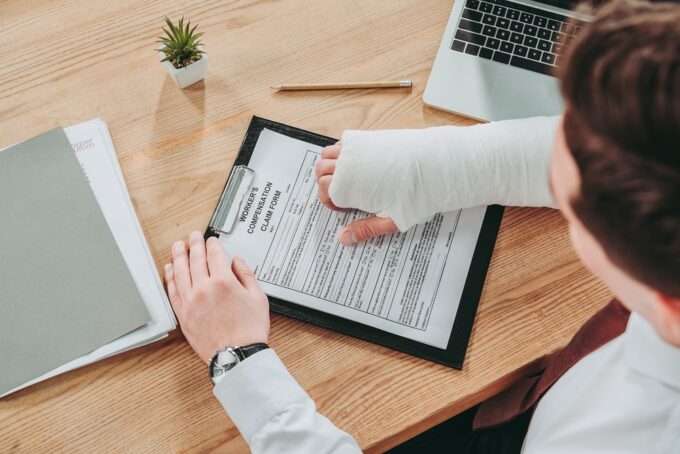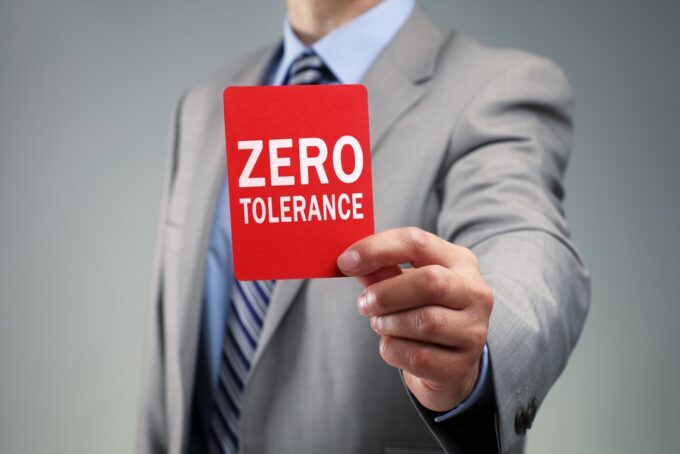After a work-related accident, there is limited time to file a claims report. Employees must report worksite accidents immediately to avoid missing out on worker’s compensation insurance benefits. Employers are to train employees on how to report an injury to ensure that their employees are protected.
In return, employees are exempt from lawsuits related to the work injuries. As a mutually beneficial system, worker’s compensation is a legal requirement in most states. When followed appropriately, worker’s compensation insurance works in favor of employees, employers, and insurance companies.
Even though this system serves all parties, disputes occur. Exceptions to the rule can make navigating coverage challenging. To prevent conflict, consider the following information on how to file a workers compensation claim. You can see more at https://www.employers.com/blog/2019/should-i-file-a-workers-compensation-claim/.
Start The Claims Process

Source: bergerandgreen.com
Here is a breakdown of what employers need to do to start the
workers compensation claim process:
- Provide your employees with paperwork to make a claim. The paperwork should guide the employer through the necessary information they must have in writing, including the injury’s date, location, and specifications.
- Conduct interviews with witnesses and record their statements. You should have a set of supporting documents that make filing the workers compensation claim easier because you will provide all the relevant information regarding the injury in one place.
- Submit the form and additional documents to your insurer. If your state requires, send in the form of injury to the board.
- The laws about these steps vary by state. Review the state laws where you live to ensure you meet deadlines for submitting the workers compensation claim.
Filing A Workers Compensation Claim

Source: zavodnicklaw.com
Now that you’ve reviewed the preliminary steps, here are some steps to filing your workers compensation claim and proceeding from there:
1. Employees Must Report Their Injury To Their Employer
Verbalize to your employees the importance of informing you of any injuries on the job. Inform them of the fact that they must inform you of any injuries as soon as possible. Additionally, let them know that there are state deadlines for injury reporting. Check the deadline for your state to ensure you comply with these laws.
2. Inform Employees Of How To Complete Paperwork
After the employee has informed you of their injury, give them the run-down on their rights and the benefits they are entitled to. You should provide your employee with a worker’s comp claim document to fill out at this point. Instruct them to fill out the form and return it. The form will contain information related to the specifics of their injury. If your state requires the first report of injury to be completed, ensure that your injured employee is also aware that this form should be filed out.
3. Employer Report And Files
At this point, the employer will typically submit the claims form and additional documents to the insurance provider, and the injured employee’s doctor will also support the medical report. In some states, you also need to submit the injury report to the state’s division of workers or similar boards. Review your state’s guidelines to learn how to proceed.
4. Wait For Approval Or Denial Of Claim
Wait for the insurer to approve or deny the submitted claim. If the claim is accepted, the insurer will contact the employee and employer with details about payment. The offers may be negotiated if they are not up to the expectations of the injured employee. Rehashing the outcomes of a workers compensation claim may also require a lawyer. If the workers compensation claim is not accepted, you can request the insurance carrier to reconsider or submit an appeal through the board or relevant commission.
5. Employee Goes Back To Work
After the employee has recovered from their injury, they can return to work with written approval from their doctor. Employees must notify their return to work in written form to their employee and insurance company. Employers may have the employee complete a return-to-work program to get the worker back on track after taking time off as part of the benefits from their workers compensation claim approval.
Employees injured on the job are likely entitled to workers’ compensation benefits. Every workers compensation claim is different, no matter how common or uncommon the worksite injury. Filling a claim is always necessary, as there is a strong likelihood that claims will be accepted. Contact your worker’s compensation lawyer if you are unsure if your injury entitles you to benefits.
Claims That Will Be Denied

Source: sherrodandbernard.com
Keep in mind that some claims will be denied, as they are not directly the results of worksite accidents and injury. Some of these deniable claims may include:
- work commute injuries
- psychiatric stress-induced injuries
- injuries by horseplay
Likewise, criminal acts that result in injury are not covered, including injuries brought on by being intoxicated while on the worksite or violating work policies such as entering a no-enter hazardous zone.
Explain The Zero-Tolerance Policy You May Enforce

Source: corporatecomplianceinsights.com
Many employers follow a zero-tolerance fraud policy, whereby termination of employment may follow if a worker fakes an injury in the attempt to receive benefits from filing a workers compensation claim. Intended injury to self or others is also grounds for termination, and these acts are not entitled to worker’s compensation insurance benefits. It is good practice to hire new employees with the expectations spelled out in writing. Clarify your expectations for compliance with the zero-tolerance fraud policy, as well as compliance with the laws and regulations of the workers compensation claim process in your state.
Explain To Employees That They’re Entitled To Coverage
Although rejection forms may be given to employees who reject coverage, make it clear to them that they are entitled to benefits with the acceptance of coverage.
Follow The Steps To Protect All Involved
Filing a workers compensation claim is a step-by-step process that, when followed accordingly, can result in fair outcomes for all parties. Utilize the steps above if a workplace accident takes place at your business to address the matter and ultimately protect yourself, your company, and your employees.







